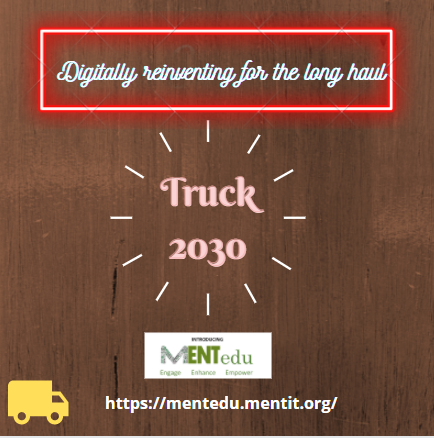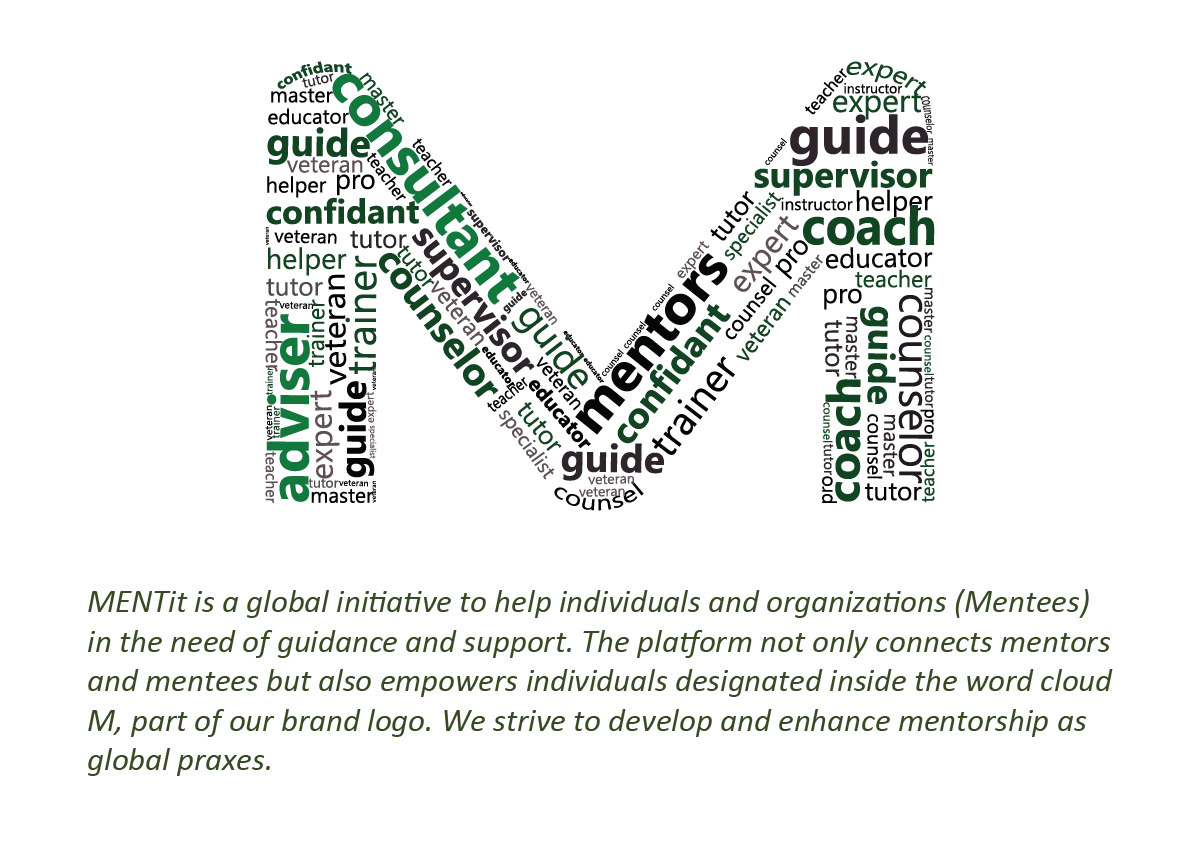Government Consumer Payment
By Author: Mr. VIPIN AGRAWAL (MENTit Both)Affiliation:
The company which did the research report - U.S. Bank
About the company - U.S. Bancorp is an American bank holding company based in Minneapolis, Minnesota, and incorporated in Delaware. It is the parent company of the U.S. Bank National Association and is the fifth-largest banking institution in the United States. The company provides banking, investment, mortgage, trust, and payment services products to individuals, businesses, governmental entities, and other financial institutions.
Area of research - payment experiences related to government fees, fines and services.
Name of the organization which did the survey - U.S. Bank
Participants of the survey - 1,049 adults, 25 years of age or older, living in all 50 states and the District of Columbia. All respondents had paid a government agency bill in the last 12 months.
Duration of the research survey - The online questionnaire was fielded in the United States in January 2020.
The main points of discussion in the survey:
- The Customer Payment Experience
- Billing and Cost Communication
- Payment Method Behaviors
- Payment Channel Behaviors
- Section Two: Data and Security
- Perceptions of Data and Card Security
- Perceptions of Security in Government
- Section Three: Opportunities for Improvements and Innovation
- Payment Innovation in Government
- Looking Ahead: Leveraging New Technologies
Findings of the survey:
1) SECTION 1: The customer payment experience
- Over one-third (35%) of participants feel that bill delivery method impacts how quickly they pay.
- Over one-quarter (26%) of participants indicate that receiving bills through digital channels – email, text and mobile app – lead to them completing payments faster.
- Two-thirds (66%) of Millennials and nearly half (49%) of Generation Xers feel that the bill delivery method does matter.
- A majority (79%) receive bills from the government via postal mail, and less than half as many people (37%) receive bills via email, text or mobile app.
- 65% say that the way billing statements are delivered does not change how quickly they pay.
- When asked why they receive government bills via postal mail, citizens indicated that email statements (18%), text notifications (10%) and mobile app notifications (7%) were not available to them.
- One-quarter of citizens don’t know if they can even receive their bills by any method other than by postal mail.
- 43% of responders prefer to receive bills by mail.
- 83% of citizens say they receive adequate cost information about their government fees, fines and services.
- While 43% of consumers say they prefer mailing physical checks as one of their payment methods, the majority of consumers favour digital methods
- Most choose their payment method because of ease of use (74%) and speed (71%), and because their preferred method reduces the likelihood they will forget a payment (45%).
- Most say they prefer to pay by check, eCheck or ACH (41%); while others indicate they prefer to avoid paying a service fee (37%).
- 46% have used ‘Physical check via postal mail’ as a payment method to pay for a government fine, fee or service within the last 12 months.
- Only 48% of responders used a credit card to pay for a government fee, fine or service within the last 12 months.
- Over half (59%) of consumers say they do not yet encounter service fees when paying government bills by credit or debit card.
- The majority of citizens (55%) are not registered on government agency online portals.
- Of those consumers who say they access government portals, most do so only 1–4 times a year (68%), followed by 5–9 times (12%), 10–14 times (12%) and 15+ times (4%).
- Citizens primarily use portals to pay bills (65%) or check their balance and payment history (39%).
- 48% of consumers who have set up auto-pay linked payment to a credit card.
- Just 16% of citizens surveyed have used a government agency’s IVR system to pay bills or obtain balance information in the last 12 months. Of those consumers who have used a government IVR system, 66% say they did so to pay bills, followed by 53% to check balances and 39% to check payment history.
- Even fewer citizens (14%) say they have set up recurring payments with a government agency in the last 12 months. Most consumers who have set up auto-pay linked payment to a credit card (48%), followed by eCheck or ACH (34%) and debit card (31%). 26% also said they set up paperless billing and payment notifications along with their auto-pay.
2) SECTION 2: Data and Security
- 19% of consumers surveyed said they’ve had their credit or debit card information stolen within the past two years. And while the number of consumers falling victim to identity fraud may be decreasing, the liability for that fraud has increased for businesses.
- 78% of citizens surveyed feel somewhat extremely concerned about using their credit or debit card to make a payment after hearing about data breaches in the last 12 months. Only 4% feel no concern at all.
- Pay by text (25%), Pay by a mobile app (17%), Pay by email (14%) are the top three (of eight) payment methods ranked as “extremely concerning” or “very concerning” for card payments.
- For government-related payments, about half (49%) of citizens feel their payments are very or extremely secure.
- While the Government ranked second (16%) in the list of top three most secure industries, it fell far behind banking which was the first choice at 59%.
3) SECTION 3: Opportunities for Improvements and Innovation
- Less than half of consumers (46%) say government agencies are keeping pace with other industries when it comes to payment innovation – which includes creative ways to view and pay bills.
- While 52% of citizens say they are happy with how government agencies handle payments, close to half feel the opposite. Of those consumers who feel government payments need improvement, they wish the government would emulate banking (54%), retail (22%) or healthcare (9%).
As new technologies emerge and become more widely used, government agencies have ongoing opportunities to more efficiently collect payments and improve the customer experience. This year’s survey suggests that while paper bills may not be everyone’s preferred billing method, it remains people’s favourite. Clearer bills can also limit the number of billing disputes.
Citizens rely on government agencies to provide vital services to the community. Supplying these services requires government agencies to efficiently and consistently collect payments from the citizens they serve.
Questions :
1) _____% of consumers prefer to pay by check, eCheck or ACH.
- 41
- 52
- 64
- 38
2) The report was made by?
- Standard chartered
- Global markets
- US Bank
- Synchrony
3) What is the title of the study report?
- Achieving financial goals
- Government consumer payment
- Women and wealth
- Economic growth
4) What kind of service is provided by US Bank?
- Auditing
- Human resource
- Banking and financial services
- Investment policies
5) When was this survey conducted?
- 2020
- 2017
- 2018
- 2019
6) Who did the survey?
- Scorpio partnership
- Funds Europe
- US Bank
- Synchrony
7) How many participants were involved in the survey?
- 3216
- 1049
- 2524
- 6320
8) Where were the respondents from?
- US
- China
- Asia
- Europe
9) What % of participants feel that the bill delivery method impacts how quickly they pay?
- 42
- 35
- 65
- 18
10) What % of participants indicate that receiving bills through digital channels – email, text and mobile app – lead to them completing payments faster?
- 39
- 41
- 52
- 26
11) A majority receives bills from the government via ____?
- Postal mail
- Text
- Mobile app
12) ____% says that the way billing statements are delivered does not change how quickly they pay.
- 32
- 40
- 65
- 73
13) _____% of consumers surveyed said they’ve had their credit or debit card information stolen within the past two years.
- 27
- 19
- 32
- 46
14) For government-related payments, ____% of citizens feel their payments are very or extremely secure.
- 49
- 25
- 32
- 64
15) ____% of consumers say government agencies are keeping pace with other industries when it comes to payment.
- 46
- 25
- 38
- 72
16) ____% of citizens say they receive adequate cost information about their government fees, fines and services.
- 72
- 91
- 83
- 65
17) _____% of citizens are not registered on government agency online portals.
- 32
- 29
- 94
- 55
18) Of those consumers who say they access government portals, most do so ____ times a year.
- 1-4
- 5-9
- 10-14
- 15+
19) What % of responders used a credit card to pay for a government fee, fine or service within the last 12 months?
- 48
- 57
- 62
- 35
20) Clearer bills can also _____ the number of billing disputes.
- Drastically Increase
- Drastically Decrease
- Limit
- None of the above
References:
Disclaimer:
The views/opinions expressed in this blog by me as a MENTit user are my personal. MENTit or its promoters or other users may not share the same views or opinions as mine. If any copyright/trademark/patent/plagiarism/controversy issue emerges because of this article written by me, I, as an author, shall be the sole responsible for the consequences.








